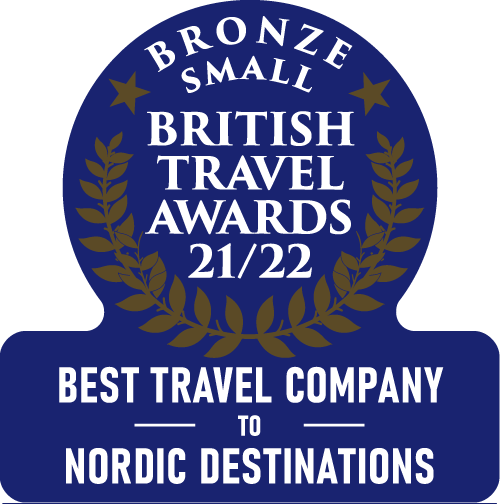Faroe Islands Holidays
So close to the UK but rarely on many travellers' radar, the Faroes' traditional lifestyle and community spirit remains strong View All Faroe Islands Holidays
Holiday Ideas
At Regent Holidays we offer a personal service and use our expert knowledge of destinations to ensure you have an unforgettable experience. From booking to travelling, our Travel Specialists will be with you every step of the way and are on hand to answer any questions you may have.
Regent Faroe Islands Specialist

Robert Longstaff
Faroe Islands Travel Specialist
To see the Faroe Islands in their best light, visit between May and July when the puffins are nesting and there are there are fewer tourists. This is a great time to see the islands and you will find the birds (and not just puffins) on most of the islands, but in particular on Mykines, Vagar and Eysturoy as well as the world-famous bird-cliffs of Vestmanna on Streymoy, you will often find places where the contented puffins wander around between your feet and the oystercatchers graze on the roadsides.
Robert's Tips
1
Step back in time at the historic Gamla Pub & Café in Tvoroyri, once the town's grocery store.
2
The Faroese love music. Attend G! Festival or one of the weekly 'Hoymabit' concerts – held in a local villager’s living room.
3
Walk between Tjornuvik and Saksun villages by crossing the 764m Melin mountain – a spectacularly scenic trail.
Robert's Recommended Articles
Robert's Recommended Articles
Why Regent Holidays?
Regent Holidays has been pioneering travel experiences to a wide range of unique and off-the-beaten track destinations since 1970. Our award-winning team of experts will offer you unparalleled advice when it comes to finding your perfect holiday and take you to places that other tour operators can’t.
Read more about us


For the latest travel advice from the Foreign and Commonwealth Office check www.gov.uk/travelaware
Must See Highlights
Stay in Touch
Subscribe for our newsletter and to hear about exciting offers and experiences





